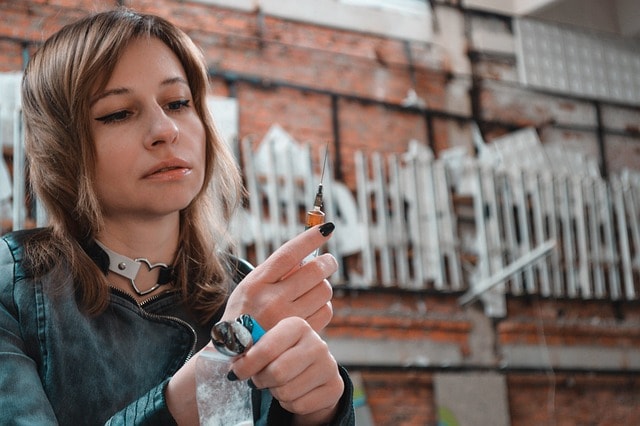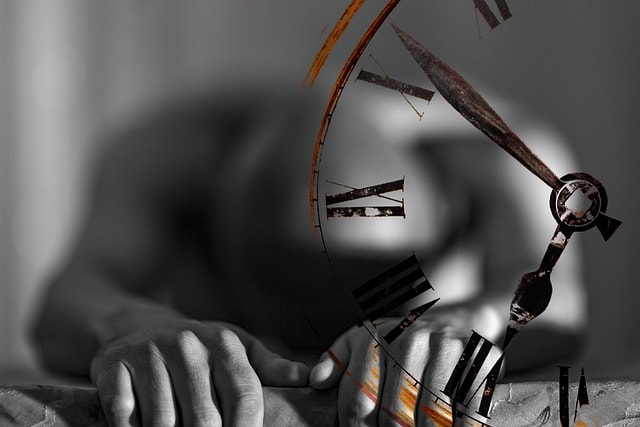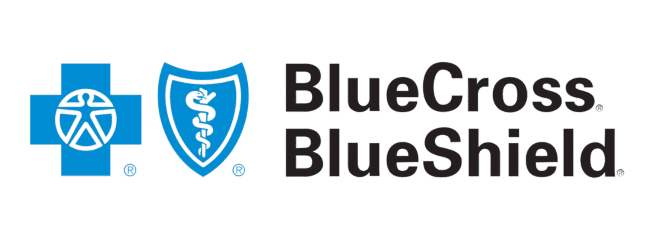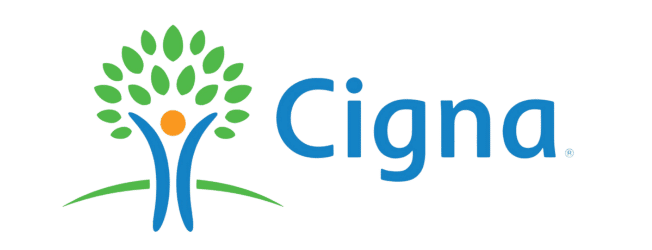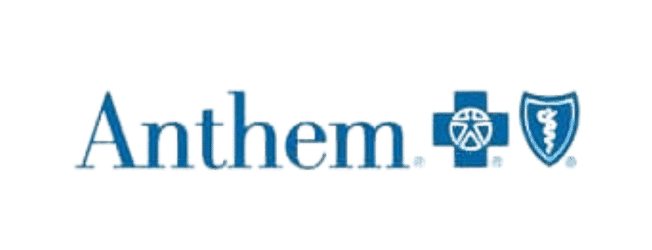Understanding the Teens in Rehab Process: A Guide for Parents
Helping a child overcome substance use can be a challenging journey. This guide explains the teens in rehab process to help parents understand how addiction treatment can support their child’s recovery.
Identifying Teen Addiction
Recognizing drug addiction in teens is the first step to recovery. Many parents struggle to identify the signs of substance misuse, but early intervention is critical.
Signs of Drug Addiction:
Behavioral changes: Increased secrecy, mood swings, or withdrawal from family.
Physical symptoms: Bloodshot eyes, changes in appetite, or unexplained weight fluctuations.
Possession of drug paraphernalia: Finding items linked to substance use.
Emotional instability: Anxiety, irritability, or sudden mood changes.
Changes in daily life: A decline in school performance or social interactions.
Signs of Drug Addiction
Recognizing the signs of drug addiction in teens can be challenging, but it’s essential to identify the problem early on to provide timely intervention and support. Some common signs of drug addiction in teens include:
Changes in behavior: Teens may become withdrawn, secretive, or exhibit increased risk-taking behavior.
Changes in physical appearance: Noticeable weight loss or gain, bloodshot eyes, and changes in grooming habits.
Changes in mood: Increased irritability, anxiety, or emotional instability.
Changes in relationships: Becoming distant from family and friends, or associating with a new peer group.
Changes in academic or work performance: A decline in grades, loss of interest in school activities, or frequent absences.
Loss of interest in activities: Abandoning hobbies or sports they once enjoyed.
Increased sensitivity to stress: Difficulty managing everyday stressors and heightened emotional responses.
If you suspect that your teen is struggling with drug addiction, it’s essential to seek professional help from a qualified addiction treatment center. Early intervention can make a significant difference in your teen’s recovery journey.
Understanding Teen Addiction Treatment
What is Addiction Treatment?
Substance abuse treatment is a comprehensive process for addressing substance use disorders and related mental health challenges. It equips teens with healthy coping skills to navigate the recovery process.
Core Components of Treatment:
Behavioral therapies: Evidence-based treatments to address negative thought patterns.
Family involvement: Therapy sessions to heal relationships and foster a supportive environment.
Medication management: Addressing withdrawal symptoms and co-occurring mental illness.
Specialized programs: Tailored approaches for teens, focusing on their unique needs.
Quality treatment focuses on the whole family, ensuring a collaborative approach to recovery.
The Rehab Process for Teens
How Does Teen Drug Rehab Work?
Teen rehab typically begins with a detailed assessment to determine the best course of action. Assessing the severity of drug abuse is crucial in understanding the extent of the problem and planning effective treatment. Many programs involve:
Evaluation: Identifying the teen’s specific needs, including any co-occurring disorders.
Treatment planning: Creating an individualized approach for treating substance use.
Counseling and therapies: Incorporating group therapy, individual therapy, and behavioral therapies.
Family therapy: Engaging family members to strengthen the recovery process.
Types of Teen Rehab Programs
Inpatient rehab: Full-time care offering a supportive environment for recovery.
Outpatient rehab: Part-time care that allows teens to attend school and maintain daily routines.
Specialized treatment: Programs addressing co-occurring disorders and mental health needs.
Both inpatient and outpatient programs aim to provide better outcomes and long-term sobriety for many teens.
Inpatient and Outpatient Options
When it comes to teen drug rehab, there are two primary options: inpatient and outpatient treatment. Inpatient treatment involves residing at a treatment facility for a specified period, usually 30-90 days. This type of treatment provides a structured and supportive environment, allowing teens to focus on their recovery without distractions.
Outpatient treatment, on the other hand, involves attending therapy sessions and support groups while living at home. This type of treatment is often more flexible and can be tailored to fit a teen’s schedule and needs.
Both inpatient and outpatient options have their advantages and disadvantages. Inpatient treatment provides a more immersive and supportive environment, which can be beneficial for teens needing intensive care. Outpatient treatment allows for more flexibility and autonomy, enabling teens to continue their education and maintain daily routines while receiving support.
Choosing between inpatient and outpatient treatment depends on the severity of the addiction, the presence of co-occurring disorders, and the teen’s personal circumstances. Consulting with a professional can help determine the best approach for your teen’s recovery.
Court-Ordered Rehab for Teens
Court-ordered rehab offers an alternative to traditional sentencing for teens involved in legal trouble and substance use.
What to Expect:
Structured programs: Combining education, therapy, and skill-building.
Focus on recovery: Teaching teens healthy coping skills and strategies for preventing relapse.
Reduced charges: Successful completion can lead to reduced or dismissed legal penalties.
Court-ordered rehab gives teens a chance to rebuild their life while addressing drug addiction.
What to Expect from Court-Ordered Rehab
Court-ordered rehab is a type of treatment mandated by a court as part of a sentence or plea agreement. If your teen is court-ordered to attend rehab, here’s what you can expect:
Comprehensive assessment: An initial evaluation to determine the level of care needed and to develop a personalized treatment plan.
Treatment plan: A structured plan that addresses the teen’s specific needs and goals, including therapy and support groups.
Regular therapy sessions: These may include individual therapy, group therapy, and family therapy sessions to address underlying issues and promote healing.
Support groups: Participation in groups such as 12-Step programs to build a support network and learn from others in recovery.
Progress updates: Regular reports to the court on the teen’s progress and compliance with the treatment plan.
Focus on healthy coping skills: Teaching teens strategies for managing stress, avoiding triggers, and maintaining sobriety.
Court-ordered rehab can be an effective way to address teen drug addiction, as it provides a structured and supportive environment for recovery. It also emphasizes accountability and the development of healthy coping skills, which are crucial for long-term success.
Finding the Right Teen Addiction Treatment Program
Selecting a treatment facility is critical. Look for programs specializing in teen rehab and offering flexible options.
Key Considerations:
Accreditation: Ensure the program meets state standards for quality treatment.
Family involvement: Programs that include family therapy sessions.
Aftercare services: Support to help maintain long-term sobriety.
Flexibility: A combination of inpatient and outpatient options.
Key Factors to Consider
When seeking teen drug rehab, there are several key factors to consider to ensure the best possible outcome for your child:
Accreditation: Look for a treatment center that is accredited by reputable organizations such as the Joint Commission or CARF. Accreditation ensures that the facility meets high standards for quality treatment.
Experience: Choose a treatment center with experience working with teens and addressing their unique needs. Specialized treatment programs for adolescents can provide more effective care.
Treatment approach: Consider a treatment center that offers a comprehensive and evidence-based approach to addiction treatment, including behavioral therapies and medication management if needed.
Family involvement: Look for a treatment center that involves family members in the treatment process through family therapy sessions and support groups. Family involvement is crucial for healing relationships and creating a supportive home environment.
Aftercare: Consider a treatment center that offers aftercare services, such as ongoing therapy and support groups, to help teens maintain their sobriety after treatment. Aftercare is essential for sustaining progress and preventing relapse.
By considering these key factors, you can find a treatment center that meets your teen’s unique needs and provides the best chance for successful recovery.
Aftercare and Support for Teens
Recovery doesn’t end with rehab. Aftercare services are crucial for sustaining progress.
Why Aftercare Matters:
Counseling: Ongoing individual therapy to address lingering challenges.
Support groups: Connecting with peers for encouragement.
Family support: Creating a stable and supportive environment at home.
Skill-building: Teaching teens strategies for managing stress and cravings.
Aftercare helps teens navigate life after rehab and achieve better outcomes.
Paying for Teen Rehab
Understanding the cost of teen rehab can ease financial concerns.
Important Tips:
Insurance: Many insurance plans cover addiction treatment.
Financial assistance: Some treatment facilities offer sliding-scale fees.
Payment plans: Options to make rehab more accessible.
Discuss costs and coverage with the treatment facility and your insurance provider.
Getting Your Teen into Rehab
Teens may resist rehab, but there are ways to overcome this challenge.
How to Encourage Treatment:
Education: Inform your teen about the benefits of addiction treatment.
Professional help: Involve a counselor or therapist.
Intervention: Organize a meeting with family members to express concerns.
Ongoing support: Provide encouragement throughout the recovery process.
Conclusion: Next Steps for Parents
If you suspect your teen is struggling with drug addiction, take immediate action. Research treatment options, consult professionals, and encourage your child to seek help. Remember, addiction is treatable, and with the right care, your teen can achieve long-term recovery.
FAQ's
The first step is recognizing the signs of drug addiction, such as behavioral changes, possession of drug paraphernalia, or withdrawal symptoms. Once you identify the need for help, research treatment facilities specializing in teen rehab programs. Consult a professional, such as a doctor or counselor, for guidance on selecting the right addiction treatment program. If your teen is resistant, consider staging an intervention with the help of a trained specialist.
Daily schedules in teen rehab focus on structured activities that promote recovery. Mornings often begin with group therapy sessions where teens share experiences and learn from peers. The day may also include individual therapy, evidence-based behavioral therapies, and educational workshops. Family therapy sessions are common to foster communication and support. Teens also participate in recreational activities and skill-building exercises to develop healthy coping skills and maintain mental health.
Supporting your teen after rehab is vital for maintaining long-term sobriety. Engage in aftercare services such as counseling or support groups. Encourage open communication and create a stable, supportive environment at home. Monitor their progress and help them develop routines that promote healthy living, such as regular exercise, hobbies, or school activities. Family members play a crucial role in reinforcing recovery efforts and helping teens manage stress or triggers.
Choosing the right program depends on your teen’s specific needs. Look for treatment facilities accredited by state or national organizations. Consider whether your child requires inpatient or outpatient care based on the severity of their substance use and mental health challenges. Programs offering family involvement, specialized treatment for co-occurring disorders, and aftercare services are ideal. Consult a professional to determine the best fit for your teen’s recovery journey.


